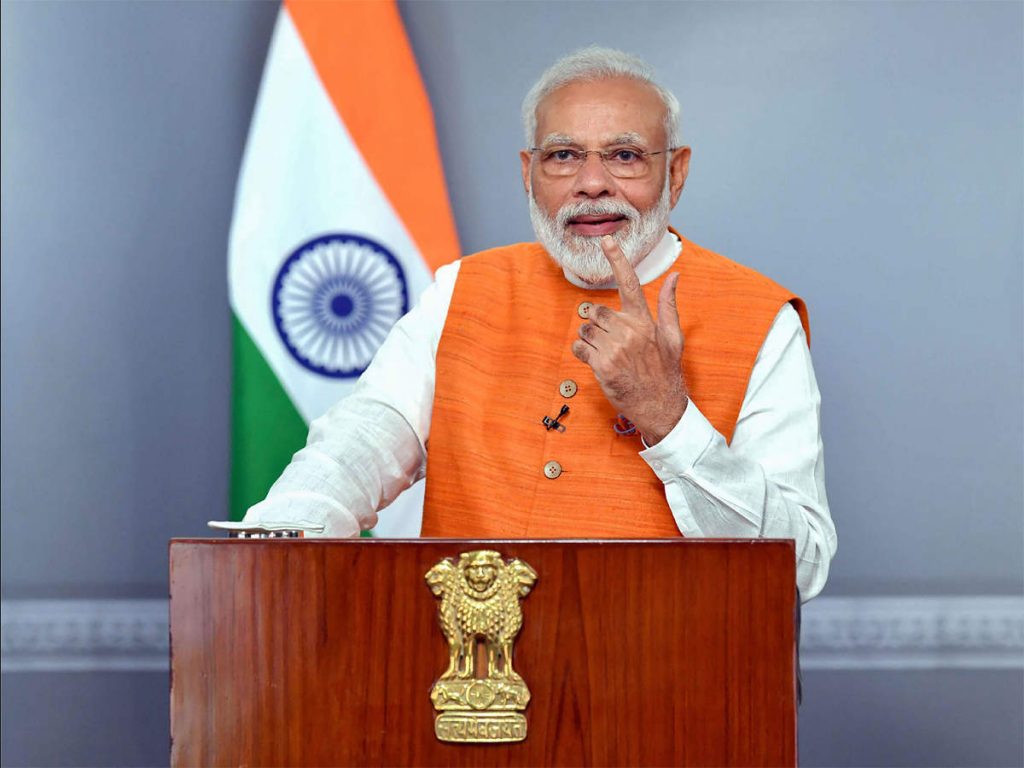New Delhi: The day marks the third anniversary of demonetisation. Narendra Modi’s government decided to remove currency notes of Rs 500 and Rs 1,000 (that formed 86 per cent of the currency in circulation). Three years since its implementation, demonetisation has shown mixed results on many core issues. The note ban move was mainly aimed at curbing black money, as addressed by Modi on the evening of 8 November, 2016 that took the country by storm.
The prime objective of demonetisation was to do away with counterfeit currencies, stopping terrorism, and boosting digital payments. Though digital payments expanded since demonetisation, India has not marked a significant improvement in completely wiping out black money.
In fact, the remonetised note viz. the 2,000 rupees note has shrunk since its circulation. Addressing this issue, former department of economic affairs (DEA) secretary SC Garg said the high-valued note can be demonetised without causing any disruption.
He claimed that the 2,000 rupee-note has been discarded by people. “A good chunk of Rs 2,000 notes are actually not in circulation, having been hoarded. The Rs 2000 note, therefore, is not presently working as a currency of transaction,” Garg said.
Moreover, the high-value currency notes have been of little help to common man as compared to traders and merchants.
According to a latest survey, 33 per cent people surveyed feel that the economic slowdown has been the biggest negative impact of demonetisation. Whereas, 28 per cent feel that it had no negative impact on country’s economy, according to the report.
As per the survey conducted by online community platform LocalCircles, 32 per cent surveyed blamed demonetisation to be the reason behind the loss of earnings for several unorganized sectors. The survey was conducted on around 50,000 people from across the country.

